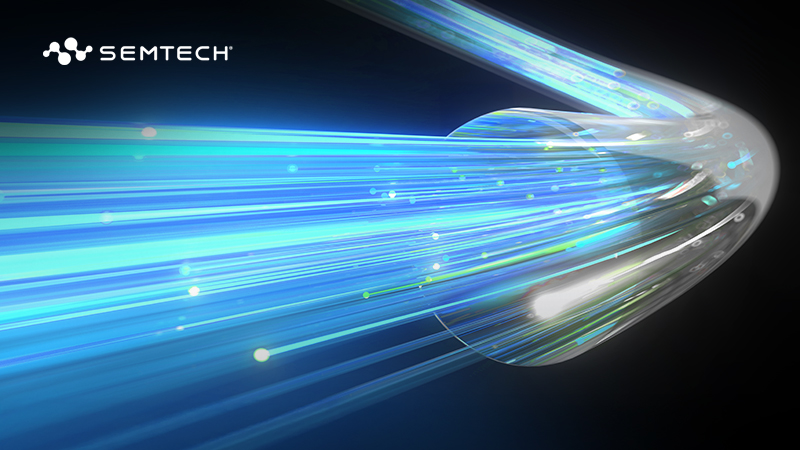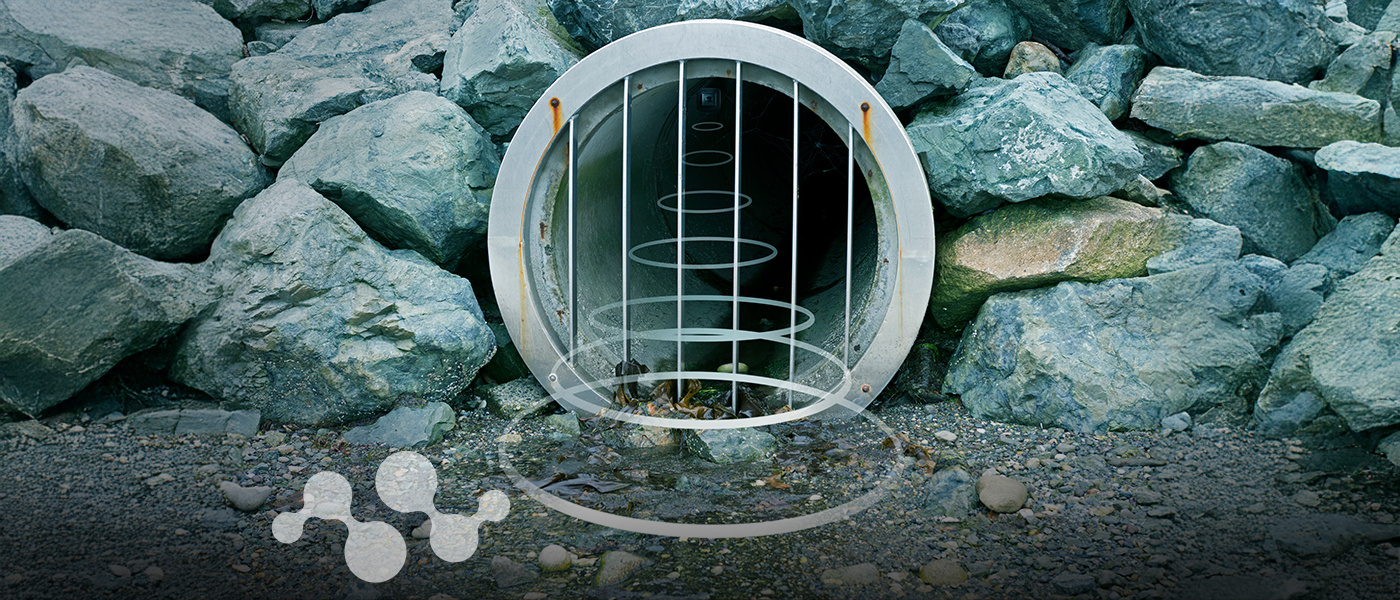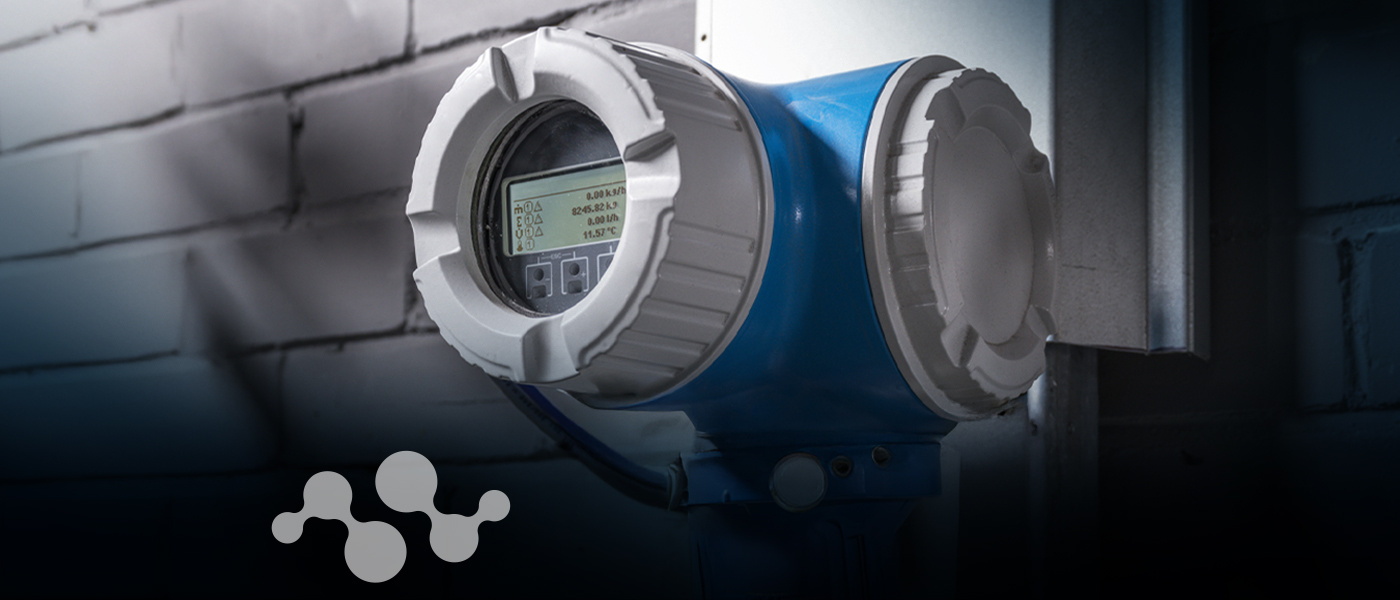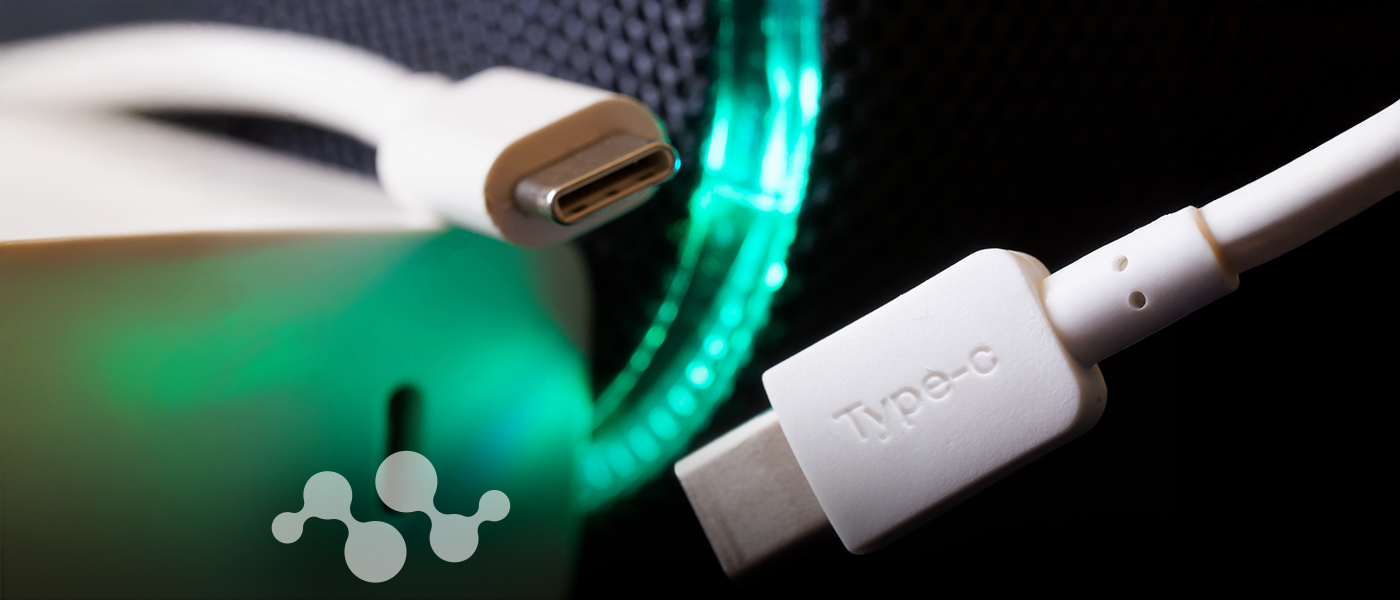Overview
This product has reached its End of Life. Its data sheet is for reference only.
Please use GS2994, GS3440 and GS3140 for new designs.
The GS2974A is a high-speed BiCMOS integrated circuit designed to equalize and restore signals received over 75Ω co-axial cable.
The GS2974A is designed to support SMPTE 424M, SMPTE 292M and SMPTE 259M, and is optimized for performance at 1.485Gb/s and 2.97Gb/s.
The GS2974A features DC restoration to compensate for the DC content of SMPTE pathological test patterns.
A voltage programmable mute threshold (MCLADJ), applicable for HD and SD mode (refer to Section 5.2), is included to allow muting of the GS2974A output when an approximate selected cable length is reached for SMPTE 259M signals. This feature allows the GS2974A to distinguish between low amplitude SD-SDI signals and noise at the input of the device. The serial digital outputs of the GS2974A may be forced to a mute state by applying a voltage to the MUTE pin.
Power consumption is typically 215mW using a 3.3V power supply. The GS2974A is lead-free, and the encapsulation compound does not contain halogenated flame retardant.
This component and all homogeneous subcomponents are RoHS compliant.
Order Codes
- GS2974ACTE3: Lead-Free, RoHS Compliant, Tape and Reel-250 Pieces
- GS2974ACNTE3Z: Lead-Free, RoHS Compliant, Tape and Reel-2500 Pieces
- GS2974ACNE3: Lead-Free, RoHS Compliant, Tray-490 Pieces
PB Free/ROHS
Learn More →Features
- SMPTE 424M, SMPTE 292M and SMPTE 259M compliant
- Automatic cable equalization
- Multi-standard operation from 143Mb/s to 2.97Gb/s
- Supports DVB-ASI at 270Mb/s
- Small footprint (4mm x 4mm)
- Pb-free and RoHS compliant
- Manual bypass (useful for low data rates with slow rise/fall times)
- Performance optimized for 1.485Gb/s and 2.97Gb/s
- Typical equalized length of Belden 1694A cable: 120m at 2.97Gb/s, 200m at 1.485Gb/s, and 350m at 270Mb/s
- 50Ohm differential output (internal 50Ohm pull-ups)
- Programmable mute based on max cable length adjust
- Single 3.3V power supply operation
- Operating temperature range: 0°C to +70°C
| Documents | Release Date | Type | |
|---|---|---|---|
| GS2974A Datasheet | 2018-11-14 | ||
Applications
- SMPTE 424M, SMPTE 292M and SMPTE 259M Coaxial Cable Serial Digital Interfaces
Inventory
| Product | Country | Distributor | Qty | Buy |
|---|
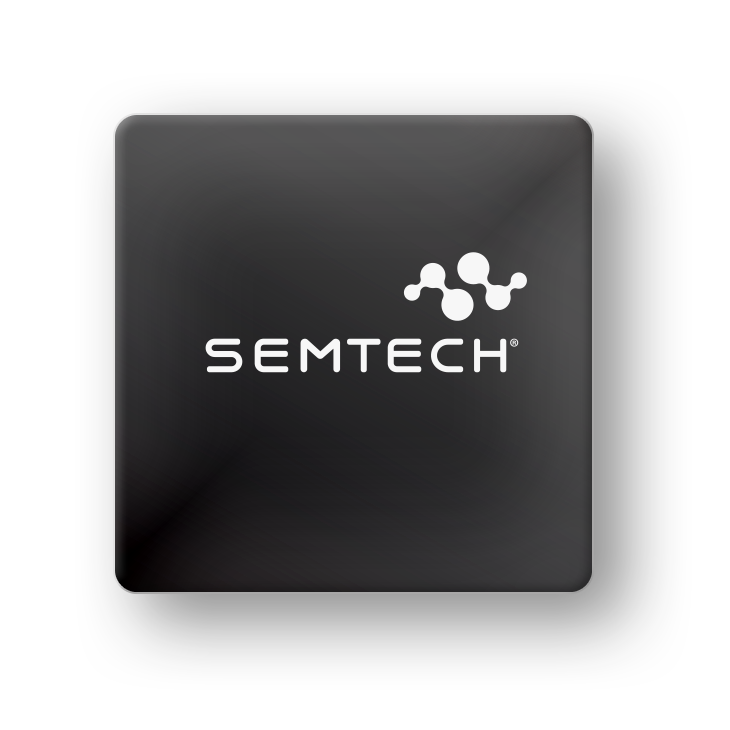

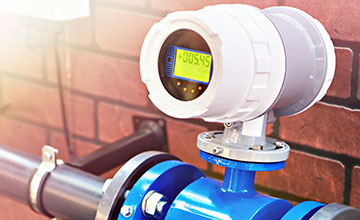

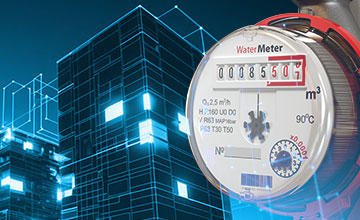







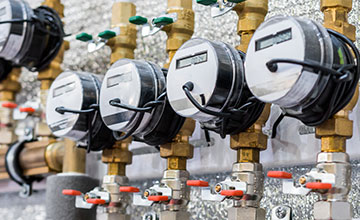




.png)









